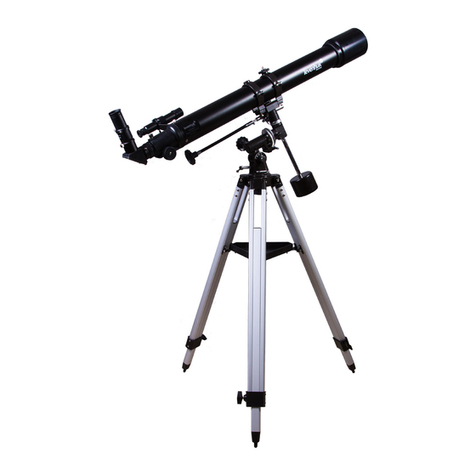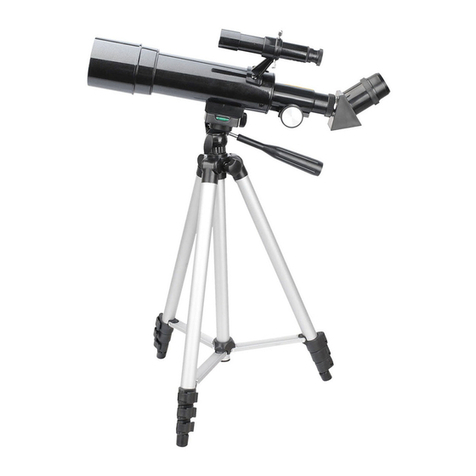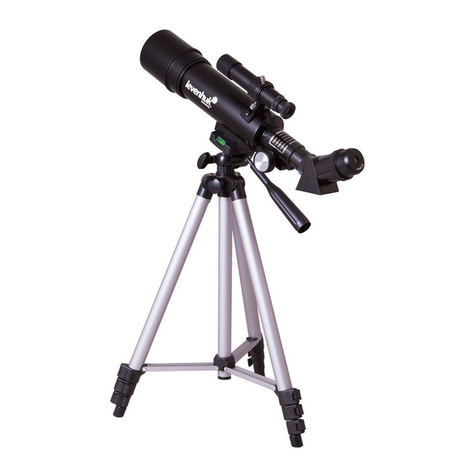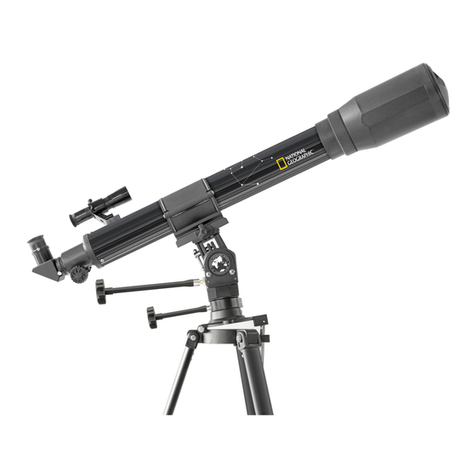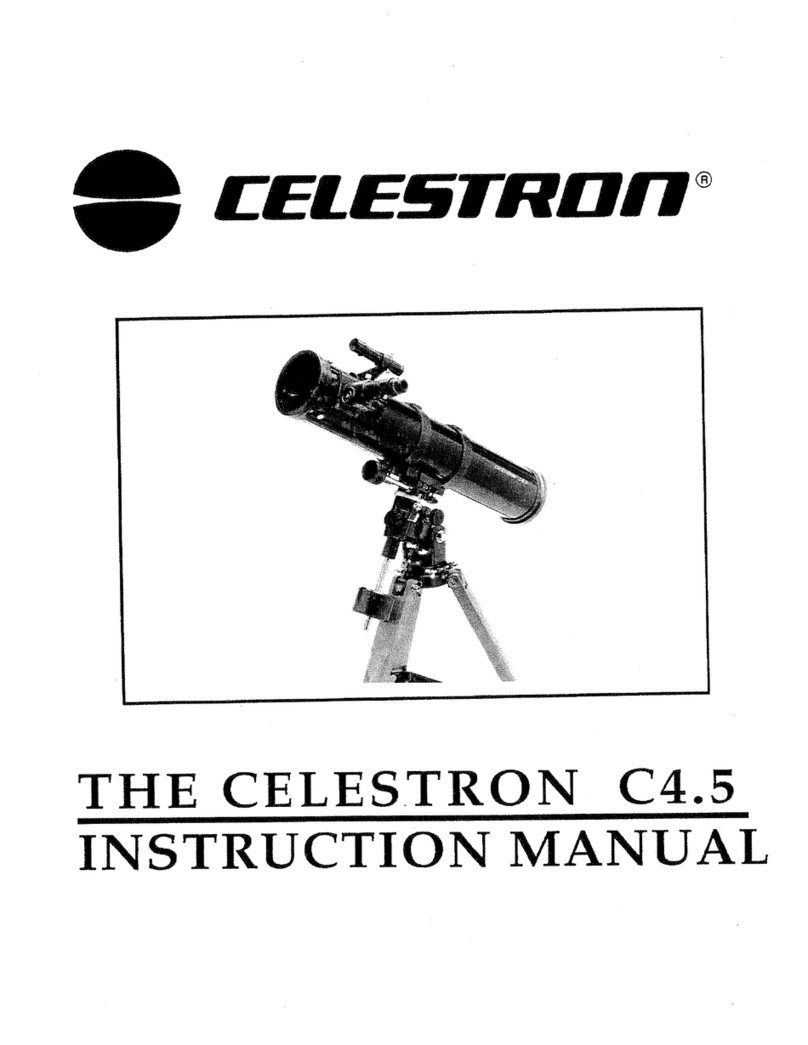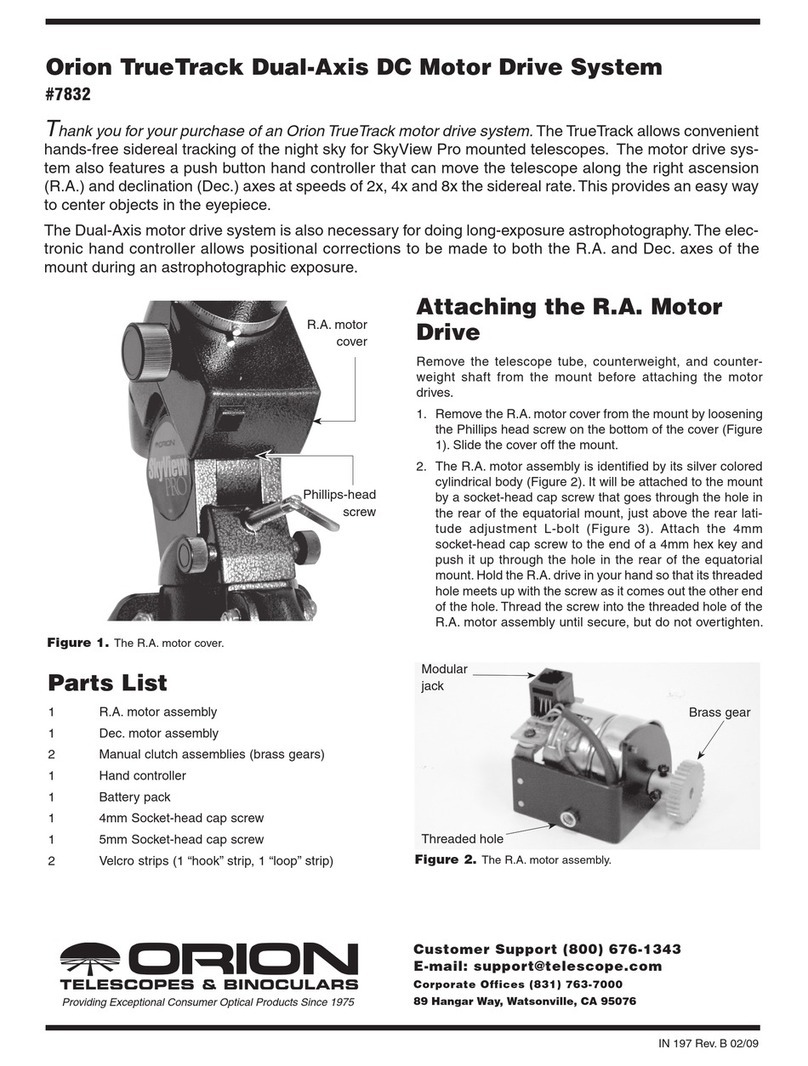Levenhuk Blitz PLUS Series User manual
Other Levenhuk Telescope manuals

Levenhuk
Levenhuk Blitz 50 BAS User manual
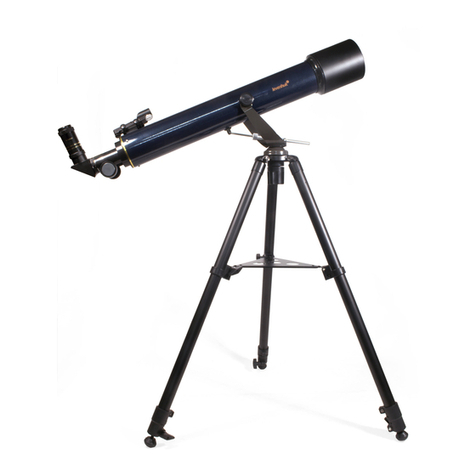
Levenhuk
Levenhuk Strike 50 NG User manual
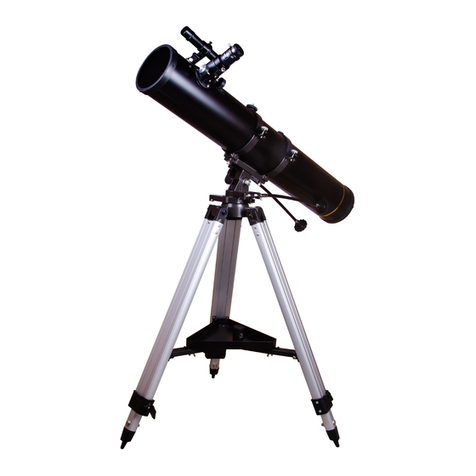
Levenhuk
Levenhuk Skyline BASE User manual
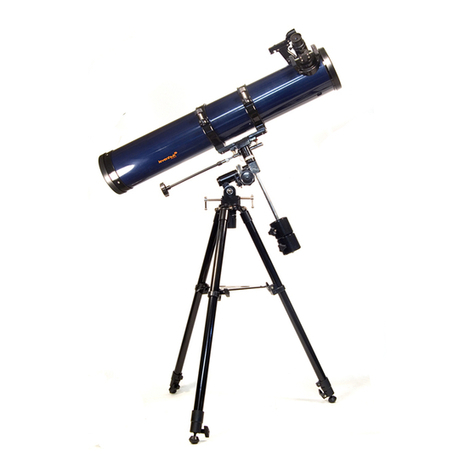
Levenhuk
Levenhuk Strike 115 PLUS User manual
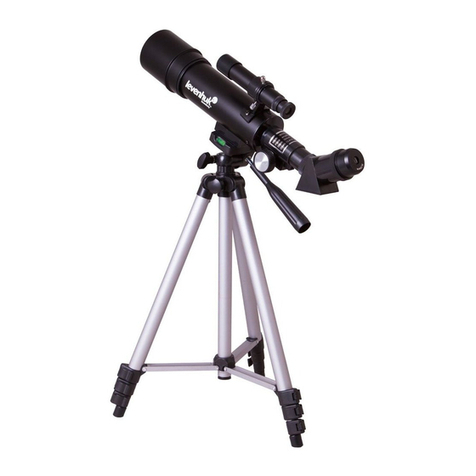
Levenhuk
Levenhuk Skyline Travel User manual

Levenhuk
Levenhuk Blaze 50 PLUS User manual

Levenhuk
Levenhuk Strike 900 PRO User manual
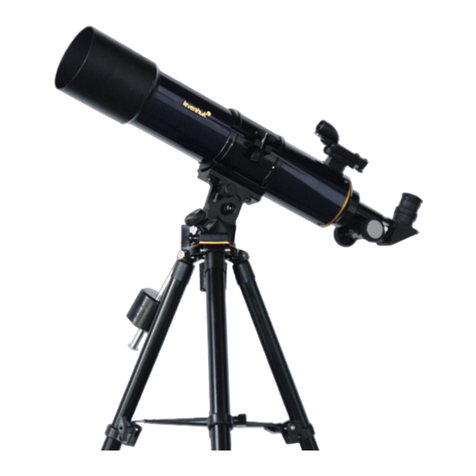
Levenhuk
Levenhuk Strike 90 PLUS User manual

Levenhuk
Levenhuk Skyline 70?700 AZ User manual
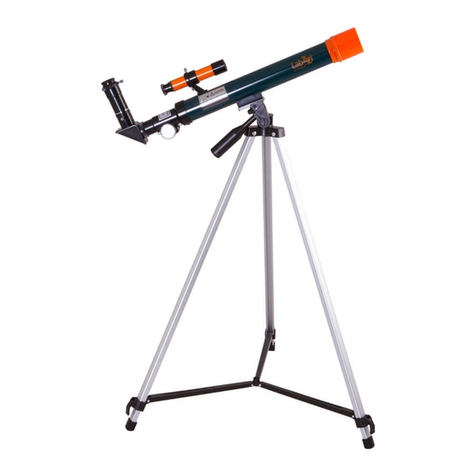
Levenhuk
Levenhuk Labzz T1 User manual
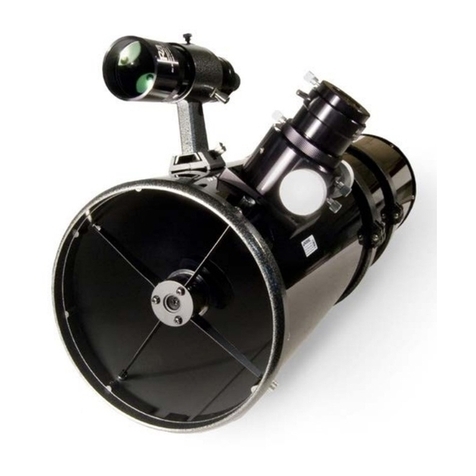
Levenhuk
Levenhuk Ra 200N F5 OTA User manual
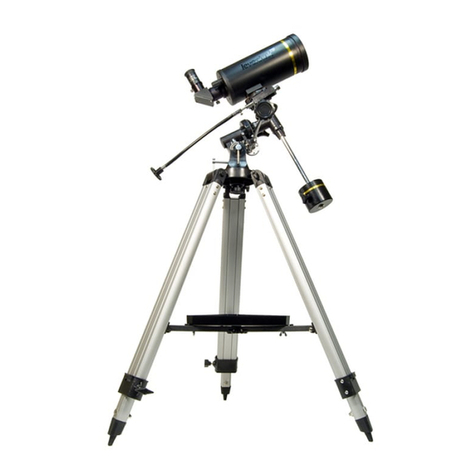
Levenhuk
Levenhuk Skyline PRO 80 MAK User manual
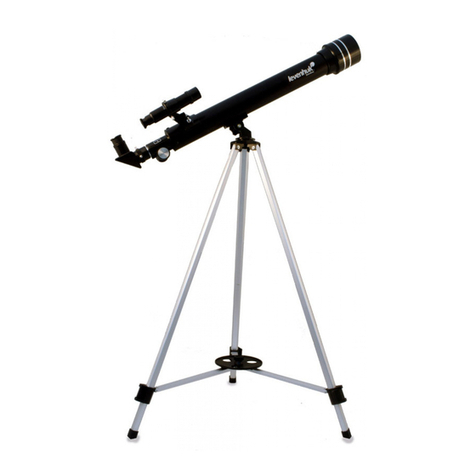
Levenhuk
Levenhuk Skyline Refractor 50x600 AZ User manual
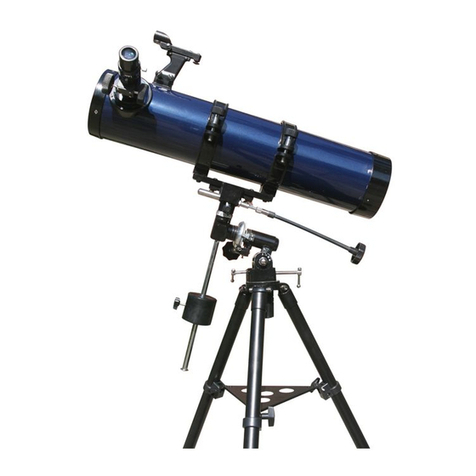
Levenhuk
Levenhuk Strike 100 PLUS User manual
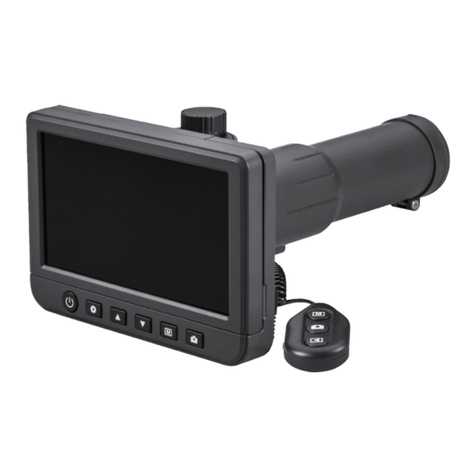
Levenhuk
Levenhuk Blaze D500 User manual
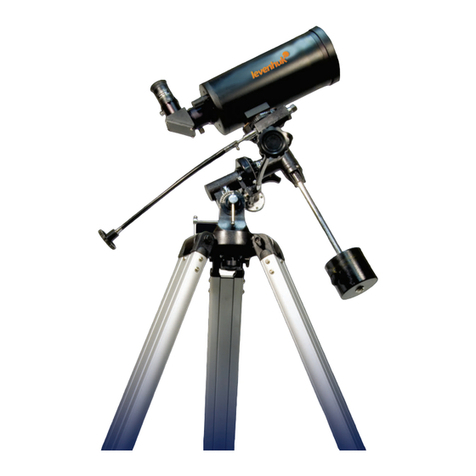
Levenhuk
Levenhuk Strike 950 PRO User manual

Levenhuk
Levenhuk Skyline PRO 80 MAK User manual
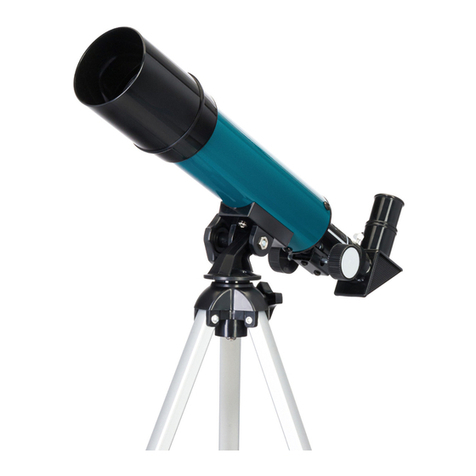
Levenhuk
Levenhuk LabZZ TK50 User manual
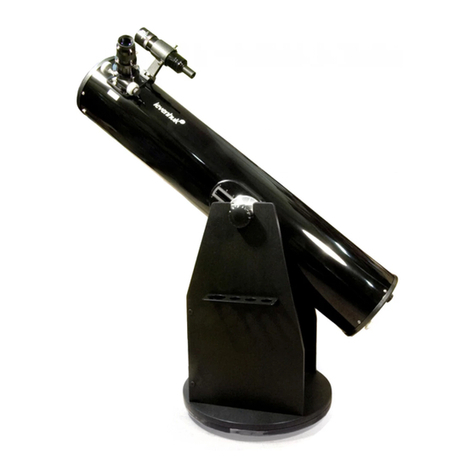
Levenhuk
Levenhuk Ra 200N Dob User manual

Levenhuk
Levenhuk Ra FT72 ED User manual
